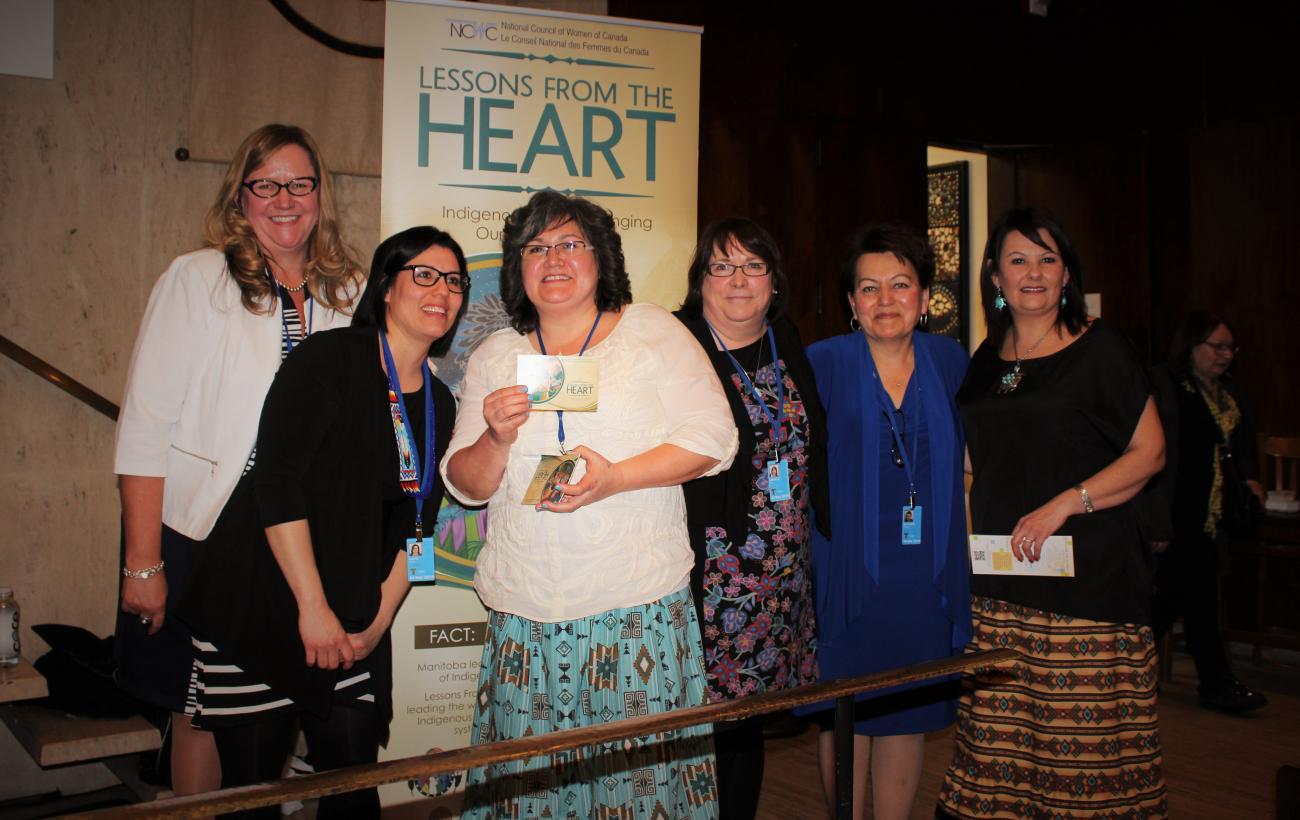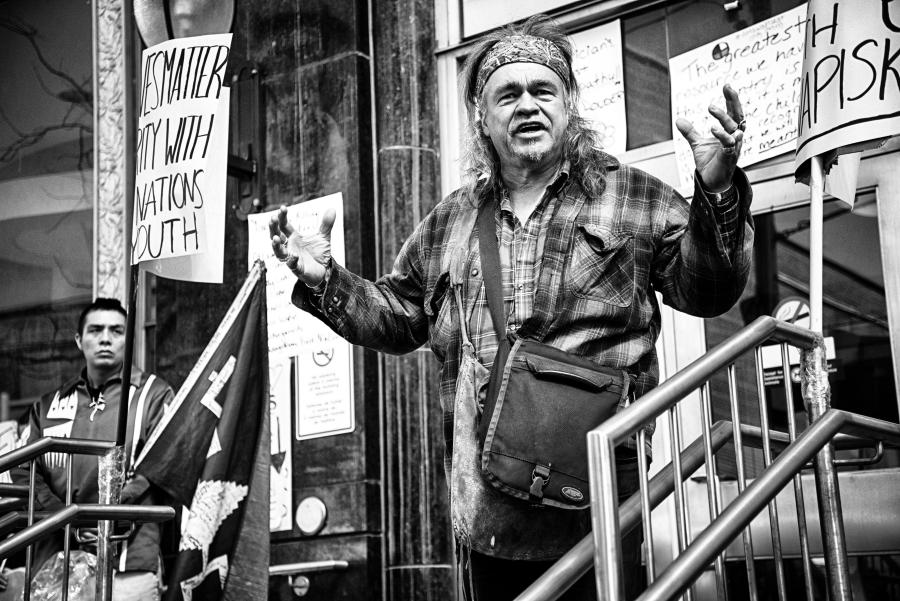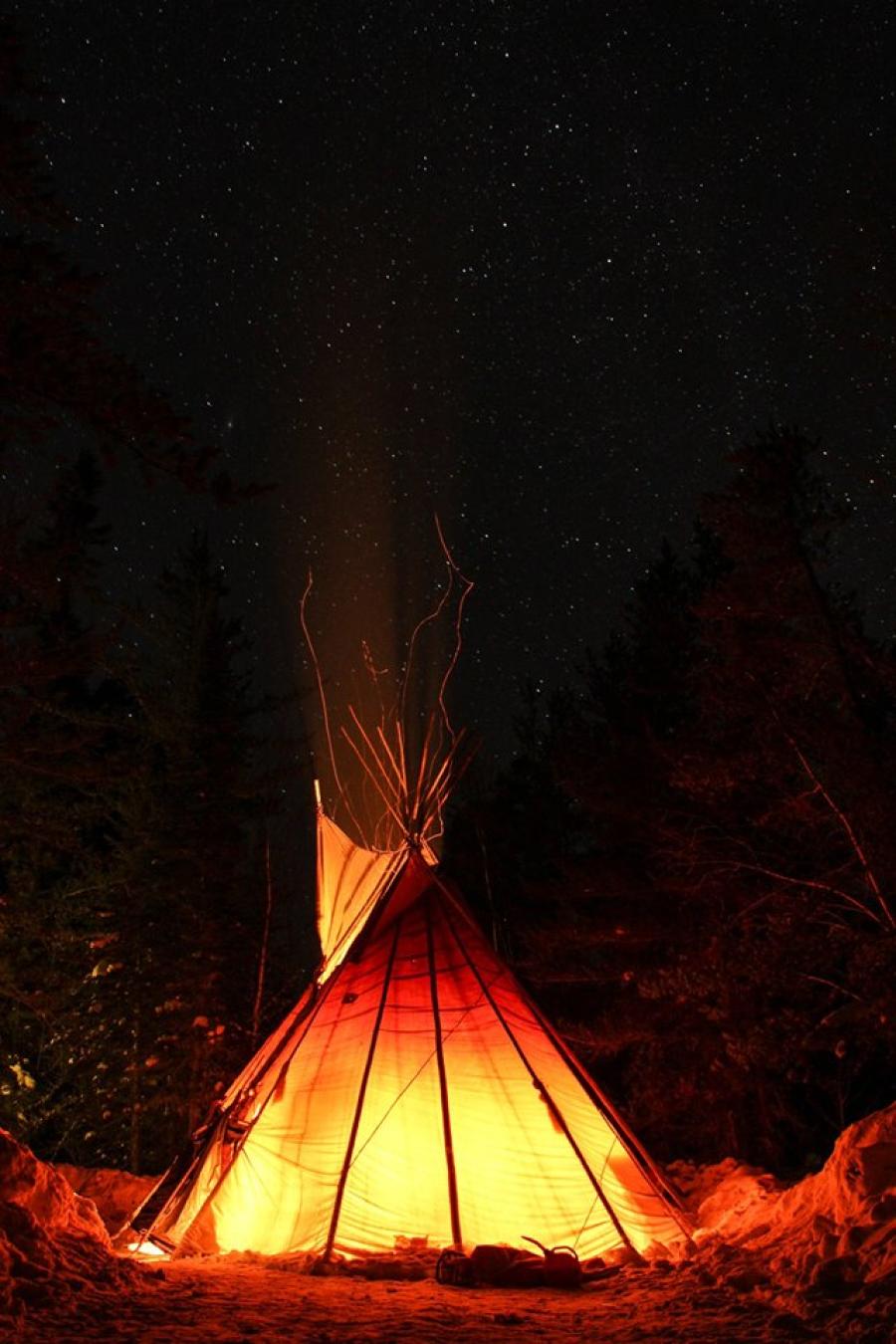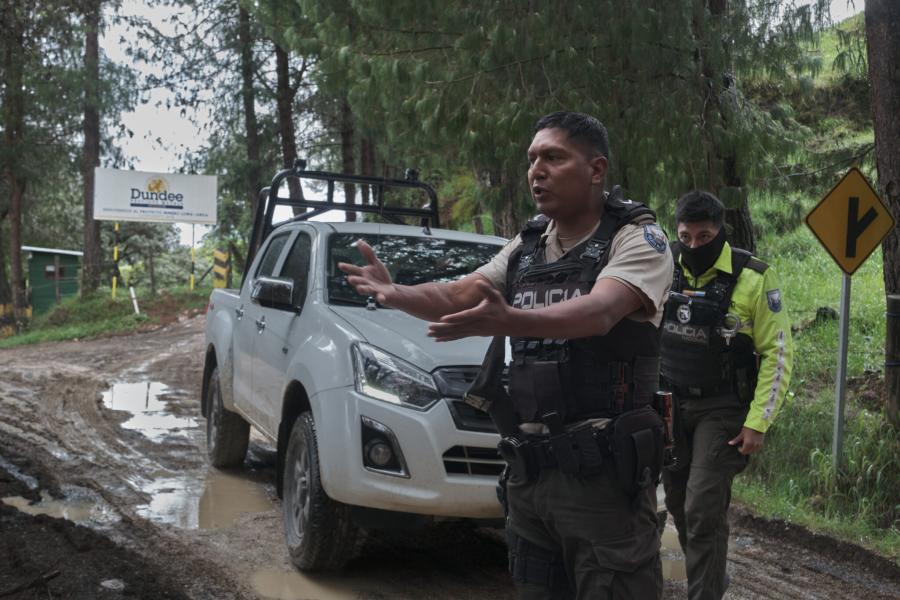
A central aspect of many Indigenous women’s lives is the protection and nurturing of their children and the unity of the family. Yet Indigenous children are often deeply at risk of being removed from their families. In Manitoba, Canada, Indigenous children are 12 times more likely to be removed from their families and placed into foster care or group homes than non-Indigenous children. Today in Manitoba there are more First Nations children under the care of the government foster care services than there were during Canada’s shameful residential schools period, which aimed to “civilize” Indigenous children by removing them from their homes and placing them into largely Catholic boarding schools. The official practice, finally shut down in 1996, was recently recognized by Canada’s Truth and Reconciliation Commission as cultural genocide.
Today, Manitoba enjoys a booming economy within a highly developed country, with wealth and education levels superior to most of the world. Yet, the Canadian province is leading the western world in child apprehension- the removal of children from their families and placing them in homes away from their families, culture, and community, explained Laurie Brumel, a human rights lawyer who works to adjudicate cases of residential school survivors. During an event that made up part of the United Nations Commission on the Status of Women’s 60th session at UN headquarters in New York during March of 2016.
The legacy of the residential schools has been a devastation to the Indigenous peoples of Canada. But many have failed to see the continuity of the residential schools systematic removal of Indigenous child as it has transitioned into today’s Child Welfare System. When residential schools closed, the care of Indigenous children was handed over to Child and Family Services departments under the provincial governments. Today the province of Manitoba reports that 11,000 children currently under their care, 85% of whom are Indigenous. But communities estimate that number to be even higher, noting that after turning 18 many young adults are still kept in detention centers, although they are not counted within the official numbers as youth.
Cora Morgan, of the Turtle clan of the Sagkeeng Anishnaabe First Nation, has witnessed many cases of child removal firsthand, and as a mother of two, understands the trauma it brings to Indigenous women and their families: “It is said by our elders that the most violent act that can be committed to a woman is to steal her children. When you see mothers fighting to get their children returned, you can see the pain radiating from them.” Morgan, whose spirit name is White Wolf Moon Woman, works as a Family Advocate for the Assembly of Manitoba Chiefs. She explained in her presentation at the UN side event, that the problem is so widespread, chances are every Indigenous person in Manitoba has a child, a niece, a cousin, or grandchild that has been taken from his or her family, citing that at just one hospital in Winnipeg, thirty to forty Indigenous infants are taken from mothers at birth each month by the Child and Family Welfare system due to conditions of poverty. “It is tragic to witness babies being ripped from mothers when they are mere hours old,’’ she shared, pausing to catch her emotions as memories flooded across her face. “Mothers in the majority of cases do not even know where their babies are being taken or who’s caring from them.’’ Most often, these children are taken to live in shelters or to live with strangers.
The effects of removing a child from their family has lasting effects. Seventy percent of those receiving care in youth psychiatric wards in Manitoba are Indigenous children who passed through the child welfare system. Youth suicide rates in Indigenous communities across Canada are skyrocketing to crisis levels, causing the government to declare a state of emergency. In Manitoba, First Nations communities have recorded that every single Indigenous woman and girl registered as missing or murdered had a direct link to the child welfare system.
Indigenous peoples in Manitoba face drastic differences in quality of life compared to non-Indigenous. Sixty-five percent of children live below the poverty line in northern Manitoba. Meanwhile, living in poverty is a condition that is considered justification for to take children from parents. Cora Morgan highlights the disproportionate funding that favors child removal rather than preventing it: the annual investment that Manitoba makes into the child welfare system is 478 million dollars per year. 451 million is spent on removal of children, 27 million is offered in prevention services.
But Cora Morgan and several other women alongside her are fighting fiercely to change this dynamic. She shared a Cheyenne proverb that inspires her and brings her hope: A nation is not conquered until the hearts of its women are on the ground.
And the hearts of the Anishnaabe women are not yet on the ground. Morgan told the audience, “Today we have several remarkable women [in our community] who are committed to creating change in this generation. They are going back to customary teachings and understandings and sharing with children and families. They are honoring their children and ensuring that they are growing up rooted in their identity despite the attempts to remove children from families and communities. They are demonstrating their love for their culture and pride in their people in the design of programs and services that they lovingly provide.” Borrowing from a tradition from the Maori people of Aotearoa (New Zealand), the Manitoba tribe founded the Ma Mawi Chi Itata Center, which works to prevent the removal of Indigenous children from their families by using a strategy known as Family Group Conferencing. This is a tool to assist families to reunify their family structure to build a safety net before they can be targeted by the welfare system and a child removed. During the process, formal meetings are held to discuss with Child and Family Services and privately among a family to identify what needs exist to ensure, in a preventative way, that a child about to enter the world will be safe and cared for without needing to be removed from their families.
The practice borrows heavily in three major aspects from the traditional decision making practices of the Maori people- practices that are that the Manitoba First Nations see as uncannily congruent with decision making practices of Indigenous Peoples in other parts of the world. First, as many people as possible affected by an issue are gathered together as problem solvers, with everyone present having equal rights to participation. Second, as much time as necessary is taken to examine and talk through family issues, seeking to understand what has happened and its impacts, rather than to ascribe blame. Thirdly, there is a search for consensus, recognizing that consensus is fundamental to collective ownership and responsibility.
Margaret MacKinnon, of the Skownan First Nation in central Manitoba, has worked at the center for 28 years. “The model is an Indigenous-based and Indigenous-led process that shifts the decision-making regarding the care and protection of care of children to the entire family and community: return the authority of the individual to the individual, of the families to the families, of the community to the community, representing as they do, the generations of the past and the present,” explained MacKinnon regarding the theory behind the center. This theory, the team highlighted, rebuilds the way communities dealt with a child who had lost its parents before colonization.
During its initial creation, the center was traditionally blessed by Maori people to be the keepers and leaders of the Maori family group conference model, with the responsibility to share this Indigenous knowledge with others through training and working together. MacKinnon described how this partnership came about. “We met some people from New Zealand, and they talked to us about the model and later we had some people come up to train us. Now it’s our job to train people in the community.’’
She explained that the program is unique from other intervention models used by government services, because it gives the family a sense of responsibility, “It gives them decision making powers to be able to get children back, and it helps families be accountable to that child, by standing and saying, I’ll help.”
MacKinnon hopes that by sharing their work at the Commission on the Status of Women at the UN, they can help other Indigenous communities to develop strategies to prevent their children from being taken into custody. “Learning techniques of how to keep families together from other parts of the world is so important, [because] what worked for them also worked for us. I’m hoping that some people today will think ‘Hey, I need to contact New Zealand to help our children get back to us.”



